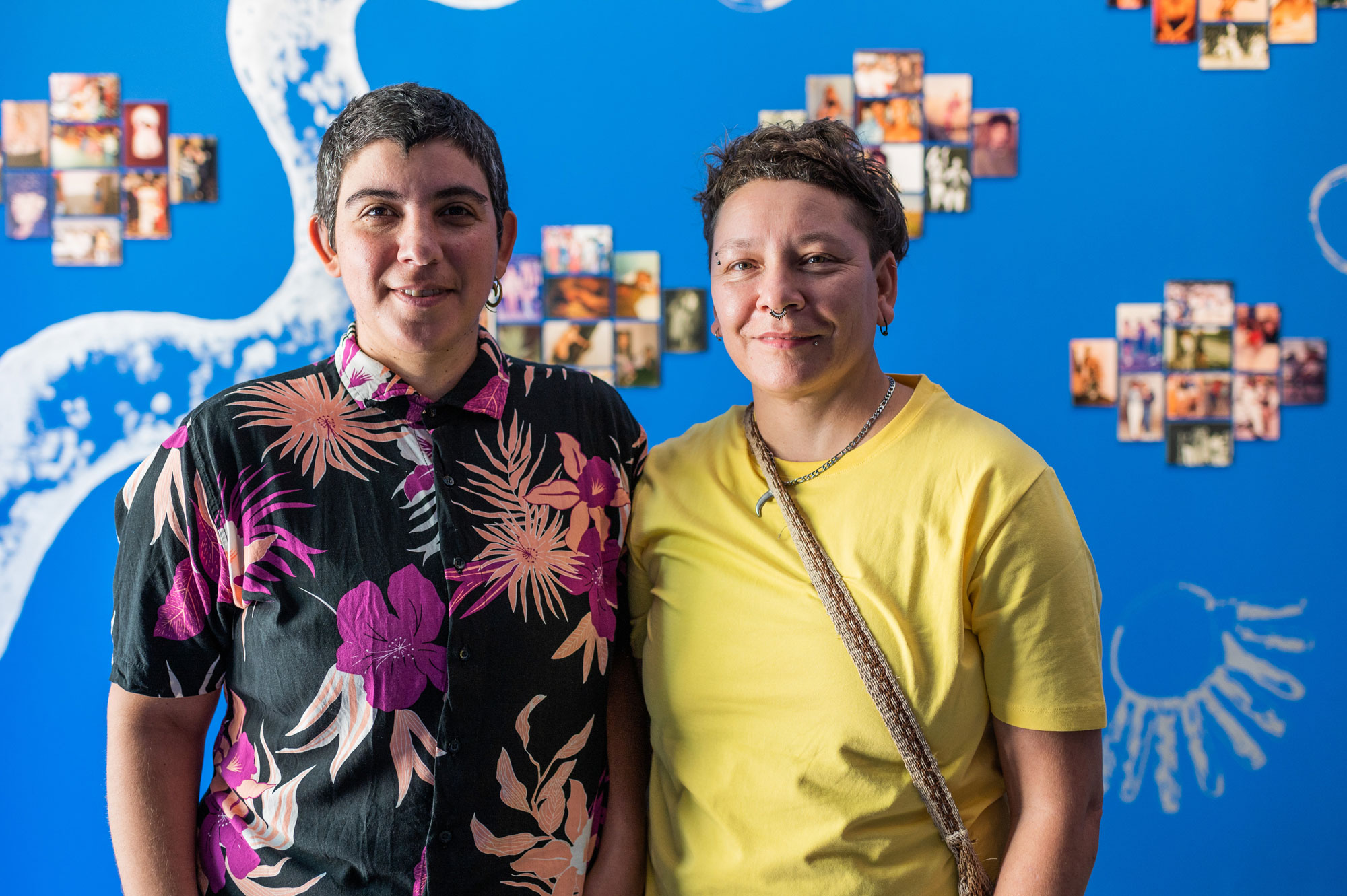Heritage of intangible taines
- Caribbean Sea, 1492. When the Christopher Columbus expedition landed for the first time, they met with the tainos living in the north of the Great and Small Antilles.

Tainera taino means good, honest and thus tells the European conquerors that they described themselves by that word. During the century and a half, however, the population of bananas fell by about 90%, mainly due to diseases derived from Europe. The remaining tankers were lost in the acculturation and syncretism processes. Despite genetic research claiming that they are still their heirs, the characteristics of this culture were lost.
We know that the tainos were polytheists, polyjoys and great pastry shops, and that they spent their free time in dance and in the game of the ball. Peaceful and honourable, the most serious crime within the community was theft and the greatest punishment, expulsion from the village. However, they also used violence to defend themselves outside the community; the tainos that were in conflict with the Caribs in the area before Columbus arrived.
Their society was not very hierarchical. The caciques were the authorities of the communities; the leaders lived in square plan houses and the rest of the population in circular foot houses. In general, the difference between classes was not significant, and they had the habit of collecting and distributing food and other resources to the entire population. Moreover, in obtaining these resources, they carried out sustainable exploitation; when they realized that the resources of a given area were beginning to drain, they went elsewhere in search of resources, facilitating the recovery of newly exploited land.
These subjects that could be very useful were lost with the population of tainos, but left us another heritage. When we talk about cacique, piragua, canoa, hurricane, guava, makuto, caribbean, hammock or BBQ, among other words, we are using hand loans and therefore keeping alive some of the linguistic heritage of the tainos.
On the northern coast of Peru, in the deposit of Diamarca, mochica culture (c. 330-H. C. 800) have found a trunk room. This culture is known for its impressive architecture, vast religious imaginary and colorful walls full of details.
The room found confirms these... [+]
Ponta das Lajes (Brazil), 2,000 years ago. The men who lived in the heart of the Amazon sculpted themselves in the rocks, representing human faces.
The Brazilian Amazon is suffering the worst drought in the last 121 years. The drought is causing great damage to the environment... [+]

























